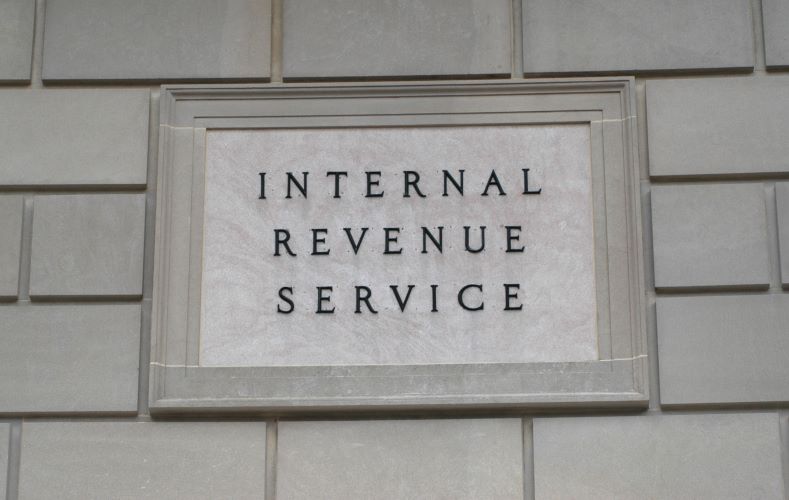Each year, about 10 million taxpayers are assessed the estimated tax penalty. Most of these affected taxpayers can easily reduce, or in some cases, eliminate the penalty by increasing their withholding or adjusting estimated tax payments towards the end of the year. With a little planning, taxpayers can avoid the penalty altogether.
The estimated tax penalty occurs when a taxpayer pays too little of their total tax during the year. The penalty is calculated based on the interest rate charged by the IRS on unpaid tax. To avoid the penalty, taxpayers generally need to pay at least 90 percent of their total tax liability during the year, either through income-tax withholding or by making quarterly estimated tax payments.
Employees can increase their tax withholding by filling out a new Form W-4 and giving it to their employer. Taxpayers can typically increase their withholding by claiming fewer allowances on their withholding form. An option to withhold an additional flat dollar amount from each pay period is also available.
For taxpayers whose income is normally not subject to withholding, such as self-employment income and investment income, quarterly estimated tax payments of at least 90% of the tax due on this income will need to be made. Estimated tax payments are due on April 15, June 15, September 15, and January 15, unless one of these deadlines falls on a weekend of a holiday, in which case taxpayers have until the next business day to make the payment. Taxpayers can make estimated tax payments by including a payment with Form 1040-ES.
The estimated tax penalty can also be avoided by paying 100% of your prior year’s tax (or 110% of your prior year’s tax if your prior year’s adjusted gross income was more than $150,000). This will allow you to satisfy the “safe harbor” requirement, and you won’t have to pay penalties even if you end up owing more in the current year than your estimated tax payments.
For a business owner who takes a salary from their business, a big benefit is that the owner can take a salary at the end of the year and withhold as much tax as desired. Even if it is all done at the end of the year, tax withholding is treated as being paid evenly throughout the year. Therefore, a business owner can reduce or eliminate an estimated tax penalty for prior quarters by doing payroll withholding at the end of the year rather than making an estimated tax payment.
Lastly, if you run a seasonable business or receive a bonus at the end of the year, you may be able to eliminate or at least lower your penalty by using the annualized income installment method. Taxpayers can elect to use this method by filing Form 2210, which evidences to the IRS that your income was not earned evenly throughout the year.
If you need help computing your estimated tax payments or have questions about how much to withhold from your paycheck, call a tax professional at Selden Fox to assist with these calculations.




